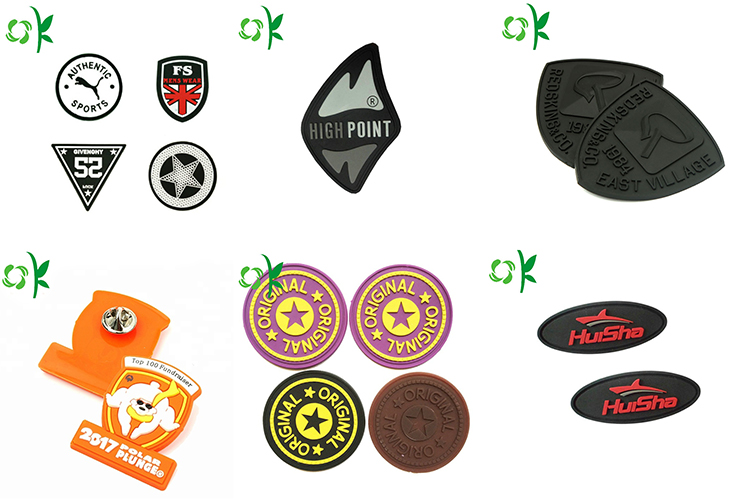In 2013, material scientists at the John Paulsen School of Engineering and Applied Science (SEAS) at Harvard University and the Wyss Institute of Bionic Engineering grew a large class of self-assembled crystal microstructures. Now, the Institute of Engineering and Applied Sciences and applied mathematicians at the Wyss Bionics Institute have developed a theoretical framework to better understand and control the manufacture of these microstructures. Together, these researchers use this framework to grow complex optical microdrivers. The research results published in the "Science" magazine. When it comes to the manufacture of multi-functional materials, nature leaves humans far behind. Marine mollusks can embed photonic structures into their curved shells without affecting the shell's strength; deep-sea sponges evolve optical fibers that direct light to the creatures with which they co-occur; and sea snakes' bones are covered with lenses to focus light into In vivo, to "see" the surroundings at night. During growth, these complex optical structures tune tiny, well-defined curves and hollow shapes to better guide and capture light. Researchers have used a new framework to grow complex optical microdrives, including the trumpet-shaped combination used as a waveguide Making complex bionic shapes in the lab often requires a lot of time and money. Breakthroughs in 2013 were led by Amy Smith Berylson, emeritus professor of materials science and chemistry and chemical biology, a core member of the Wyss Institute, materials scientist Joanna Aizenberg, and former postdoctoral researcher Wim L. Noorduin. The study allowed researchers to create elaborate flower-like structures on substrates by simply manipulating the chemical gradients in the beaker. These structures consist of carbonates and glass, forming a thin wall of glass. What the institute lacked at that time was a quantitative understanding of the mechanisms involved and that enabled us to have a more precise control of these structures.
Silicone label:
The smart business man is special design their brand labl on products.Why? Because when we are interesting in something,such as a bag,a clothing,a jewelry ect,we always subconsciously think of what brand is this made of.They are using the general psycholofical characteristics of the masses to get brand publicity.
10.Silicone label photo's for reference.
Silicone Label,Silicone Brand Label,3D Silicone Label,Silicone Sticker,Custom Pin Badge Dongguan OK Silicone Gift Co., Ltd. , https://www.dgsiliconewearablegifts.com
Silicone label introduction:
1.Product name:Silicone label,silicone brand label,3d silicone label,silicone sticker,custom pin badge,silicone badge
2.Place of origin:Guangdong China
3.Color:any pantone color
4.Logo:Printing,debossed,embossed
5.MOQ:500pcs.
6.Package:1 pcs/opp,customized design is available.
7.Design:Customized/stock
8.Certification:FDA,LFGB,SGS,ROHS,etc.
9.Usage:For brand/Clothing/Bag/Decoration And more
